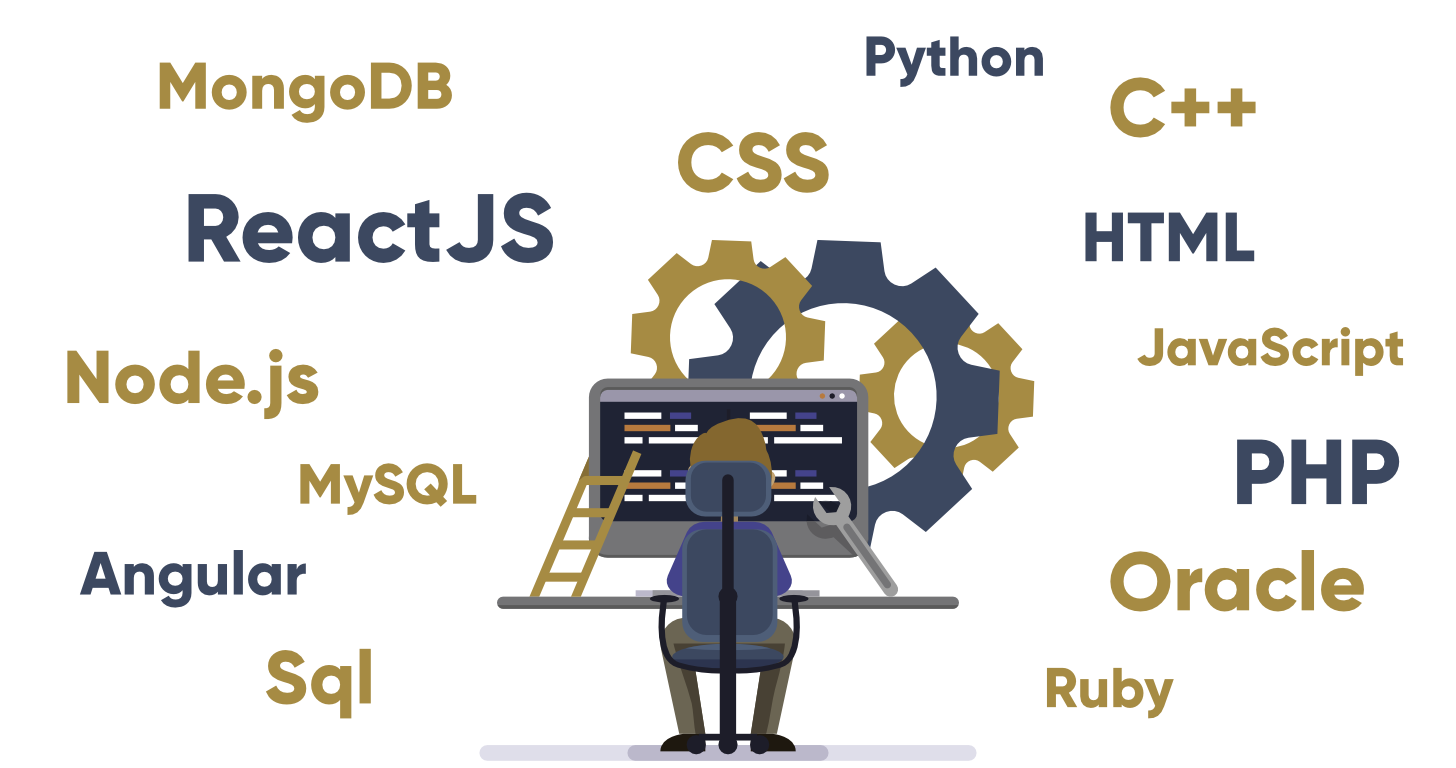How Does a Full-Stack Developer Roadmap Look?
In the rapidly evolving world of technology, the role of a full-stack developer has gained immense prominence. These developers are the Swiss Army knives of the tech industry, possessing the ability to work on both the front-end and back-end of web applications. But how does a full-stack developer roadmap look? What are the steps and skills required to embark on this rewarding journey? In this comprehensive guide, we will explore the intricate details of a full-stack developer’s roadmap, providing you with the insights and knowledge needed to succeed in this exciting field.
The Foundation: Learning the Basics
To begin your journey towards becoming a full-stack developer, you must lay a strong foundation. This stage is crucial as it forms the building blocks of your career.
1. Understanding Web Technologies
- HTML, CSS, and JavaScript: Start with these fundamental web technologies. They are the backbone of web development.
- Responsive Design: Learn to create web applications that adapt to various screen sizes.
2. Backend Development
- Server-Side Programming: Get familiar with server-side scripting languages like Python, Ruby, or Node.js.
- Databases: Learn how to work with databases, including SQL and NoSQL databases.
3. Version Control
- Git and GitHub: Master version control to collaborate efficiently with other developers.
4. Development Tools
- Text Editors and IDEs: Choose the right tools to enhance your coding efficiency.
5. Web Frameworks
- Front-end and back-end frameworks like Angular, React, and Express.js can accelerate your development process.
Building Advanced Skills
Once you have a solid grasp of the basics, it’s time to dive deeper into the world of full-stack development.
6. Advanced Front-End
- Advanced JavaScript: Explore advanced concepts like closures, promises, and asynchronous programming.
- Front-end Frameworks: Dive into popular frameworks like React and Vue.js.
7. Advanced Back-End
- RESTful APIs: Learn to build robust APIs for your applications.
- Server Optimization: Optimize server performance to handle high traffic loads.
8. Databases and ORM
- Master database management and Object-Relational Mapping (ORM) tools.
9. Authentication and Authorization
- Learn how to secure your applications with authentication and authorization mechanisms.
Crafting Real-World Projects
To truly become a proficient full-stack developer, you need practical experience. Building real-world projects is key.
10. Personal Projects
- Create personal projects to apply what you’ve learned.
11. Open Source Contributions
- Contribute to open source projects to collaborate with experienced developers.
12. Freelancing
- Consider freelancing to gain exposure to different project types.
Staying Updated
Technology evolves rapidly, so staying updated is crucial.
13. Lifelong Learning
- Dedicate time to continuous learning and exploring new technologies.
FAQs
Q: How long does it take to become a full-stack developer?
A: The timeline varies, but it typically takes a year or more to acquire the necessary skills and experience.
Q: What programming languages are essential for full-stack development?
A: HTML, CSS, JavaScript, and a server-side language like Python or JavaScript are fundamental.
Q: Is a degree in computer science required?
A: While a degree can be helpful, it’s not mandatory. Many successful full-stack developers are self-taught.
Q: What’s the average salary of a full-stack developer?
A: Salaries vary by location and experience, but full-stack developers often earn competitive pay.
Q: Do I need to specialize in a particular industry?
A: Specialization is optional. Full-stack developers can work in various industries, from e-commerce to healthcare.
Q: Can I become a full-stack developer if I’m new to programming?
A: Yes, but be prepared for a steep learning curve. Start with the basics and gradually progress.
Conclusion
Becoming a full-stack developer is an exciting journey filled with challenges and opportunities. By following this roadmap, you’ll acquire the skills and knowledge necessary to thrive in the tech industry. Remember, perseverance, continuous learning, and a passion for coding are your greatest allies on this path.
Start your journey today and unlock a world of possibilities in the realm of full-stack development.
READ MORE: HIRE REACT DEVELOPER





